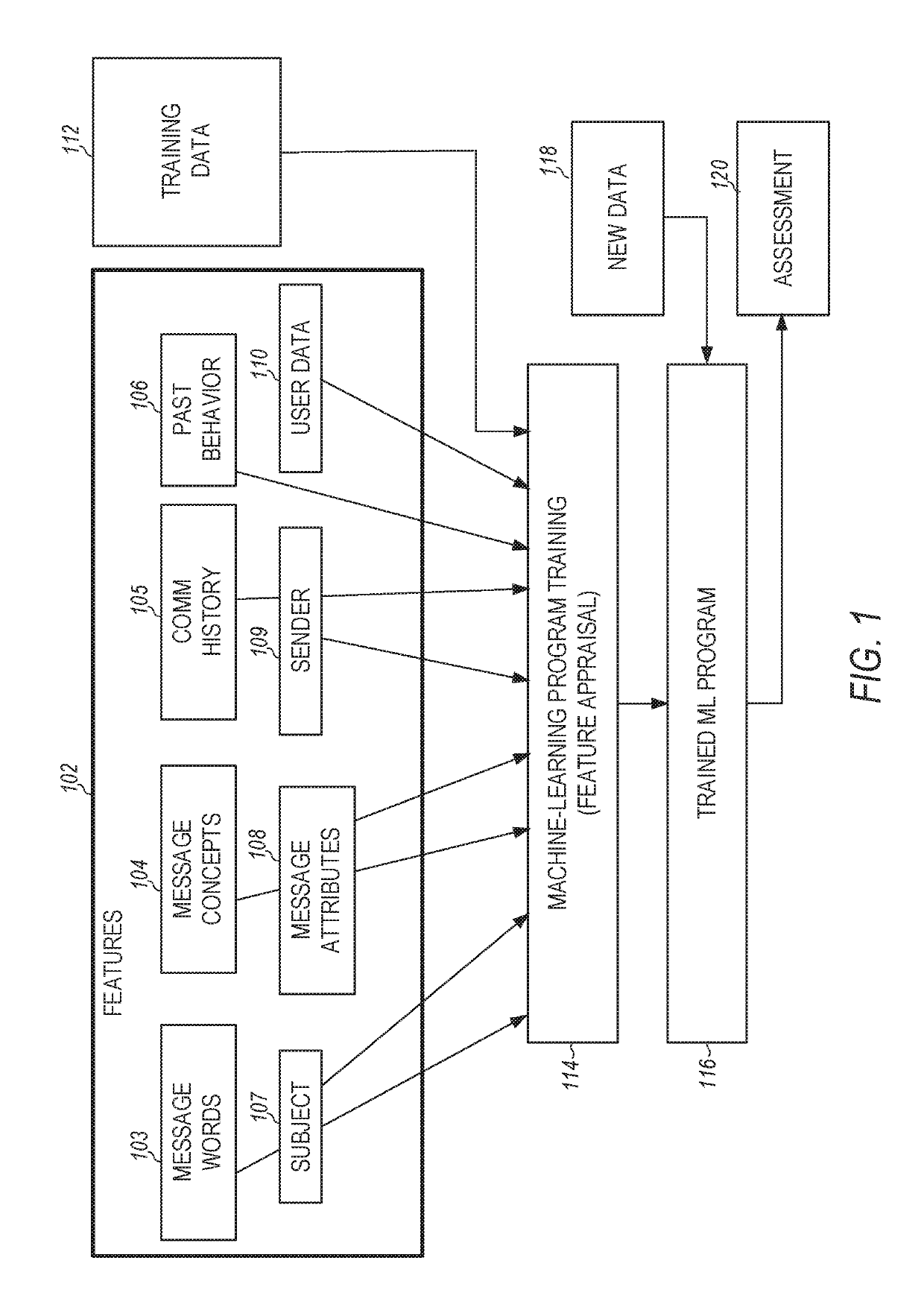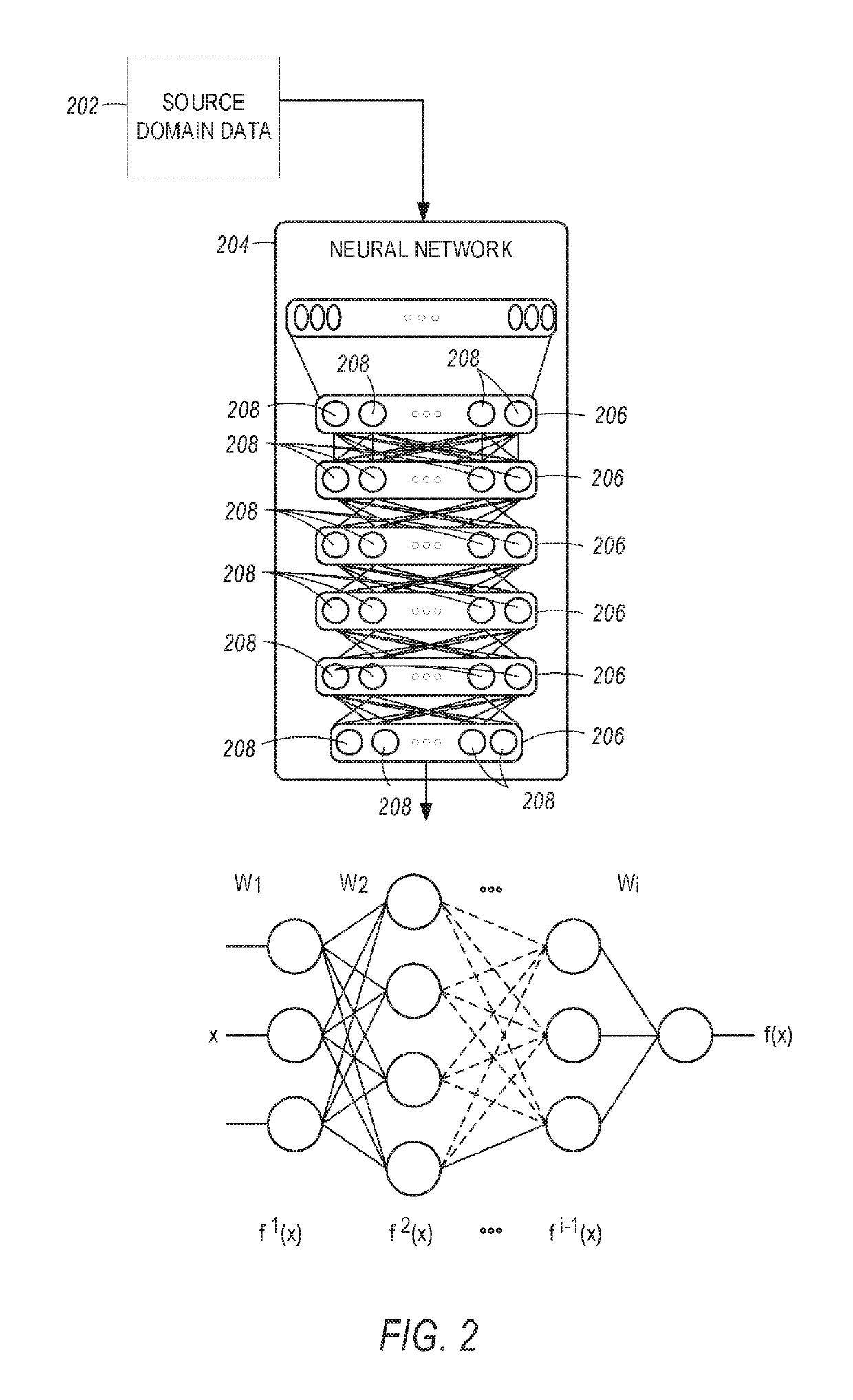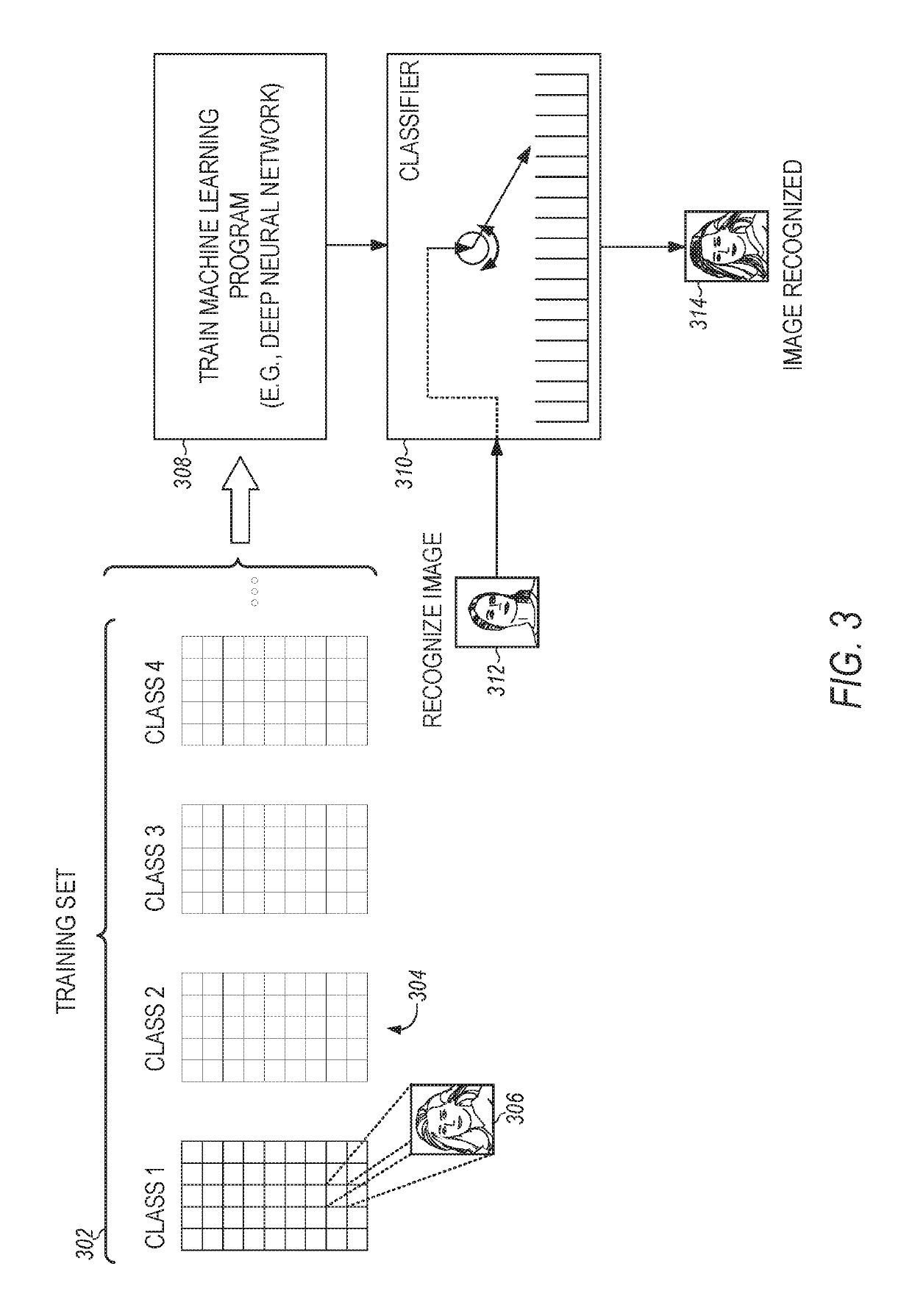Radar data collection and labeling for machine learning
a technology of machine learning and data collection, applied in the field ofradar processing systems and methods, can solve the problems of difficult identification of objects represented by doppler measurements, and laborious manual collection and labeling of many such stored representations
- Summary
- Abstract
- Description
- Claims
- Application Information
AI Technical Summary
Benefits of technology
Problems solved by technology
Method used
Image
Examples
Embodiment Construction
[0028]The following description and the drawings sufficiently illustrate specific embodiments to enable those skilled in the art to practice them. Other embodiments may incorporate structural, logical, electrical, process, and other changes. Portions and features of some embodiments may be included in, or substituted for, those of other embodiments. Embodiments set forth in the claims encompass all available equivalents of those claims.
[0029]As discussed above, radar units output radar tracks that include range, Doppler, and / or micro-Doppler measurements. However, identifying objects represented by the Doppler measurements may be challenging. Some aspects of the technology described herein provide techniques for identifying objects represented by the Doppler measurements.
[0030]According to some schemes, representations of some common items (e.g., car, motorcycle, etc.), in terms of radar data, are collected and are stored in the memory of a computing machine. The computing machine t...
PUM
 Login to View More
Login to View More Abstract
Description
Claims
Application Information
 Login to View More
Login to View More - R&D
- Intellectual Property
- Life Sciences
- Materials
- Tech Scout
- Unparalleled Data Quality
- Higher Quality Content
- 60% Fewer Hallucinations
Browse by: Latest US Patents, China's latest patents, Technical Efficacy Thesaurus, Application Domain, Technology Topic, Popular Technical Reports.
© 2025 PatSnap. All rights reserved.Legal|Privacy policy|Modern Slavery Act Transparency Statement|Sitemap|About US| Contact US: help@patsnap.com



